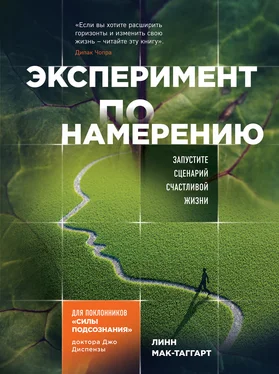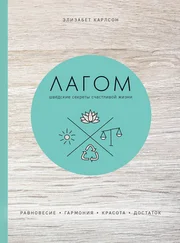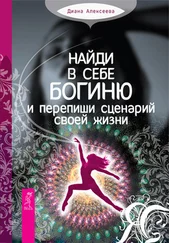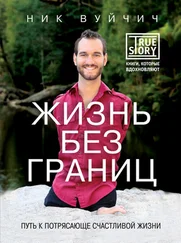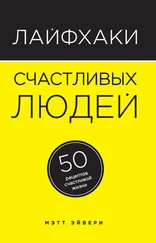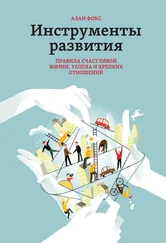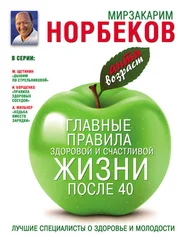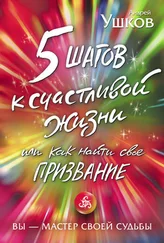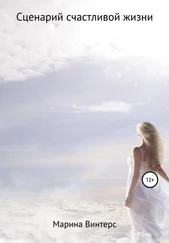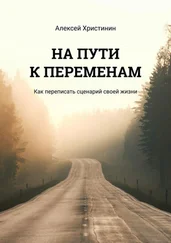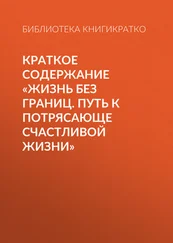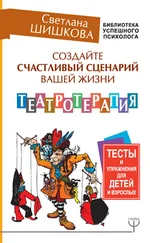. Murphy M. Meditation.
Lutz A. et al. Long-term meditators self-induce high-amplitude gamma synchrony during mental practice // Proceedings of the National Academy of science. 2004. № 101 (46). P. 16369–16373.
Davidson R. J. et al. Alterations in brain and immune function produce by mindfulness meditation // Psychosomatic medicine. 2003. № 65. P. 564–570.
Krippner S. The technologies of shamanic states of consciousness // Schlitz M., Amorok Т., Micozzi M. S. Consciousness and healing: integral approaches to mind-body medicine . St. Louis, MO: Elsevier, Churchill Livingstone, 2005.
. Murphy M. Meditation.
Bernardi L. et al. Effect of rosary prayer and yoga mantras on autonomic cardiovascular rhythms: comparative study // British medical journal. 2001, № 323. P. 1446–1449.
Fenwick P. et al. Metabolic and EEG changes during transcendental meditation: an explanation // Biological psychology. 1977. № 5 (2). P. 101–118.
Goleman D. Emotional intelligence. Bloomsbury press, 1996.
Goleman D. Meditation and consciousness: an asian approach to mental health // American journal of psychotherapy. 1976. № 30 (1). Р. 41–54; Schwartz G. Biofeedback, self regulation, and the pattering of physiological processes // American scientist. 1975. № 63 (3). P. 314–324; Goleman D. Why the brain blocks daytime dreams // Pscychology today. 1976. March. P. 69–71.
Williams P., West M. EEG responces to photic stimulation in persons experiences at meditation // Electroencephalography and clinical neurophysiology. 1975. № 39 (5). P. 519–522; Bagchi В. K., Weger M. A. Electrophysiological correlates of some yogi exercises .// Electroencephalography and clinical neurophysiology. 1957. № 7. P. 132–149.
Brown D., Forte M., Dysart M. Visual sensitivity and mindfulness meditation // Perceptual and motor skills. 1984. № 58 (3). P. 775–784; Differences in rising sensitivity among mindfulness meditators and non-meditators // Perceptual and motor skills. 1984. № 58 (3). P. 727–733.
Alexander C. et al. EEG and SPECT data of selected subject during psi tests: the discover of a neurophysiological correlate // Journal of parapsychology. 1988. № 63 (2). P. 102–104.
Leshan L. The medium, the mystic and the physicist: towards a theory of the paranormal . N. Y.: Helios press, 2003.
. Cooperstein A. Myths of healing.
Krippner S. Trance and the Trickster: hypnosis as a liminal phenomenon // International journal of clinical and experimental hypnosis. 2005. № 53 (2). P. 97–118.
Hartmann E. Boundaries in mind: a new theory of personality . N. Y.: Basic books, 1991.
Schlitz M. J., Honorton C. Ganzfeld Psi performance within an artistically gifted population // The journal of the American society for psychical research. 1998. № 92. P. 1–24.
Krippner S. et al. Working with Ramtha: is it a «high risk» procedure? // Proceedings of the presented papers: The Parapsychological association 41st annual convention. 1998. № 92. P. 1–24.
Различные тесты включали шкалу поглощения из дифференциального опросника личности, шкалу разделяющих переживаний и опросник личностных границ.
Рамта – одно из духовных учений современности. Согласно Рамте, у человечества есть только один путь спасения – осознание своей божественности. – Прим. пер.
Krippner S. et al. The Ramtha phenomenon: psychological, phenomenological and geomagnetic data // Journal of the American society for psychical research. 1998. № 92. P. 1–24.
Sicher F., Targ E. et al. A randomized double-blind study of the effect of distant healing in a population with advanced AIDS: report of a small scale study // Western Journal of medicine. 1998. № 168 (6). P. 356–363.
Беседы и переписка между Тарг и автором, октябрь 1999 – июнь 2001 года.
Интервью с Тарг, Калифорния, октябрь 1999; Barrett J. Going the distance // Intuition. June/July 1999. P. 30–31.
Benor D. J. Healing research: holistic energy medicine and spirituality. Vol. 1–4, Research in healing; Oxford: Helix Editions Ltd., 1993.
http:/www.wholistichealingresearch.com.
Benor D. J. Heaking research. Vol. 1. P. 54–55.
. Cooperstein A. Myths of healing.
Freedman M. et al. Effects of frontal lobe lesions on intentionality and random physical phenomenons // Journal of scientific exploration. 2003. № 17 (4). P. 651–668.
D’Aquili E., Newberg A. Why God won’t go away: brain science and biology of belief. N. Y.: Ballantine, 2001.
Все подробности о поездке Кракоффа в Индию и решении исследовать молитву были получены в интервью в августе 2006 года.
Byrd R. С. Positive therapeutic effects of intercessory prayer in a coronary care unit population // Southern medical journal. 1988. № 81 (7). P. 826–829.
Harris W. et al. A randomized, controlled trial of the effects of remote, intercessor prayer on outcomes in patients admitted to the coronary care unit // Archives of internal medicine. 1999. № 159 (19). P. 2273–2278.
Krucoff M. Integrative noetic therapies as adjuncts to percutaneous intervention during unstable coronary syndromes: monitoring and visualization of noetic training (MANTRA) feasibility pilo // American heart journal. 2001, № 142 (5). P. 760–767.
М. Кракофф представил результаты на второй конференции, посвященной интеграции комплементарной медицины в кардиологию, которая спонсировалась Американским университетом кардиологии, 14 октября 2003 года.
Krucoff М. et al. Music? Imagery? Touch and prayer as adjuncts to interventional cardiac care: the monitoring and actualization of noetic trainings (MANTRA) II randomised study // The Lancet. 2005. № 366. P. 211–217.
Читать дальше
Конец ознакомительного отрывка
Купить книгу
